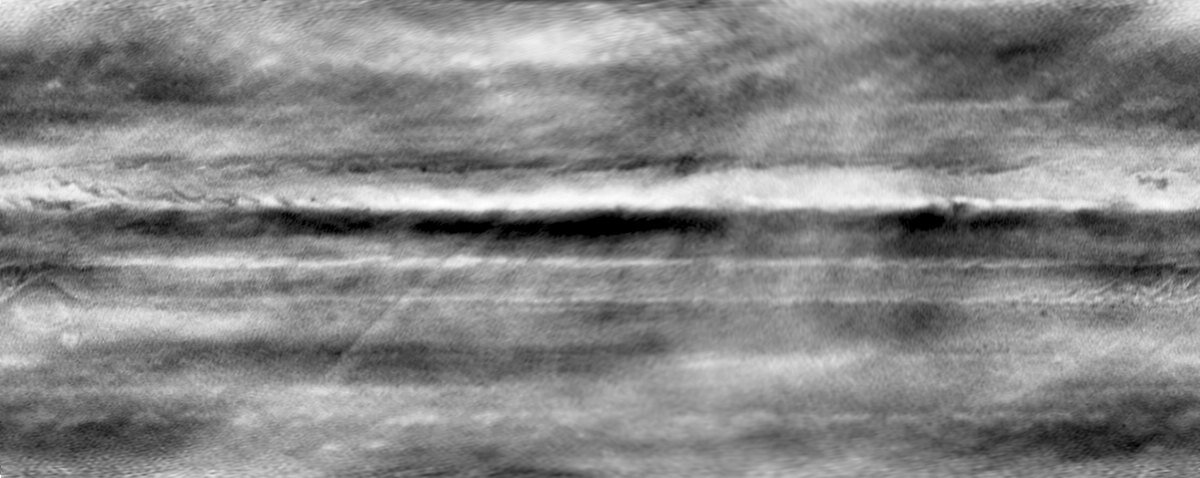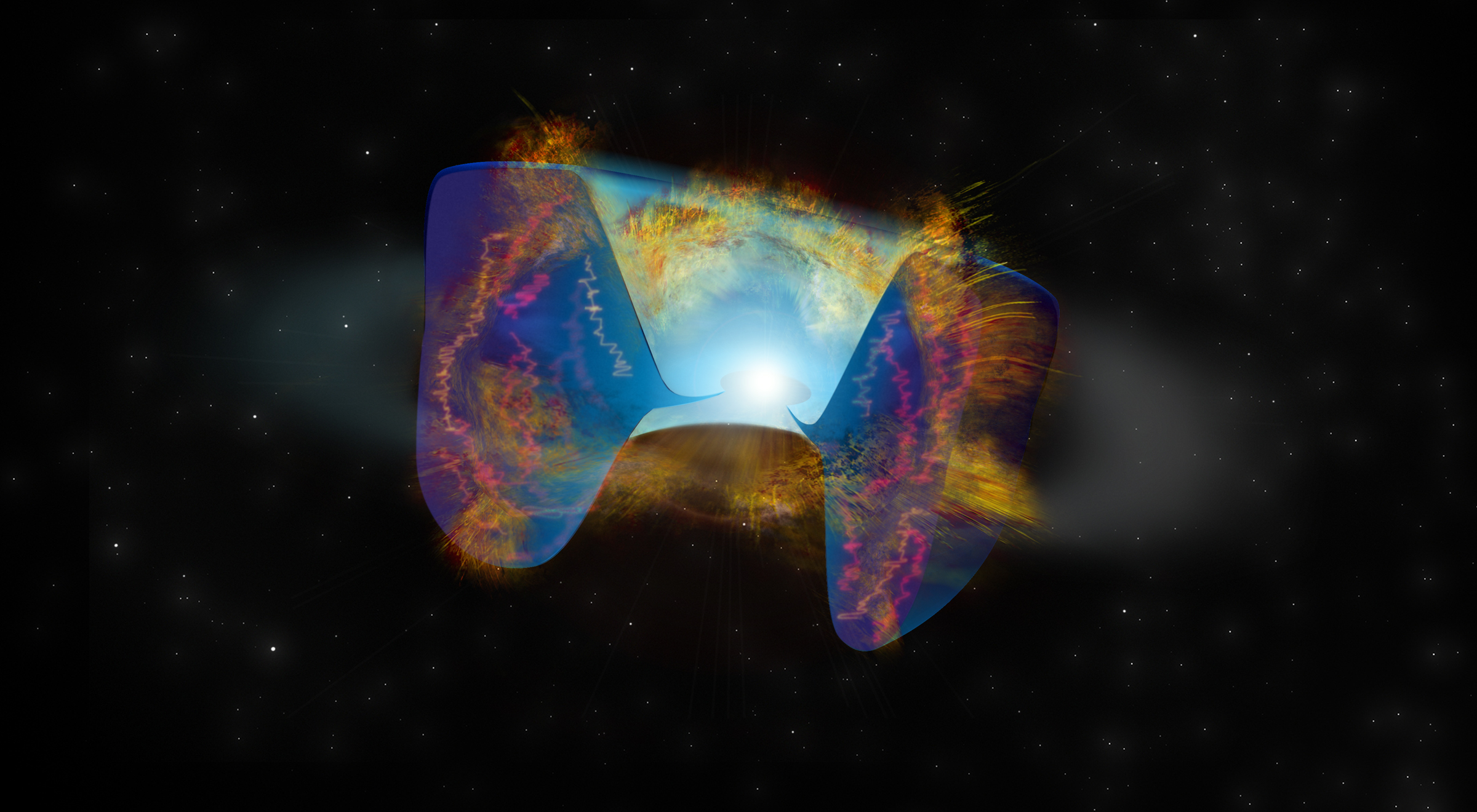
Using the Very Large Array (VLA), an international team of astronomers have observed a nearby galaxy merger known as CIZA J0107.7+5408. Results of the observational campaign, presented December 20 on the preprint server arXiv, could help us better understand the merging processes that take place between galaxy clusters.
Galaxy clusters contain up to thousands of galaxies bound together by gravity. They generally form as a result of mergers and grow by accreting subclusters...
Read More









Recent Comments